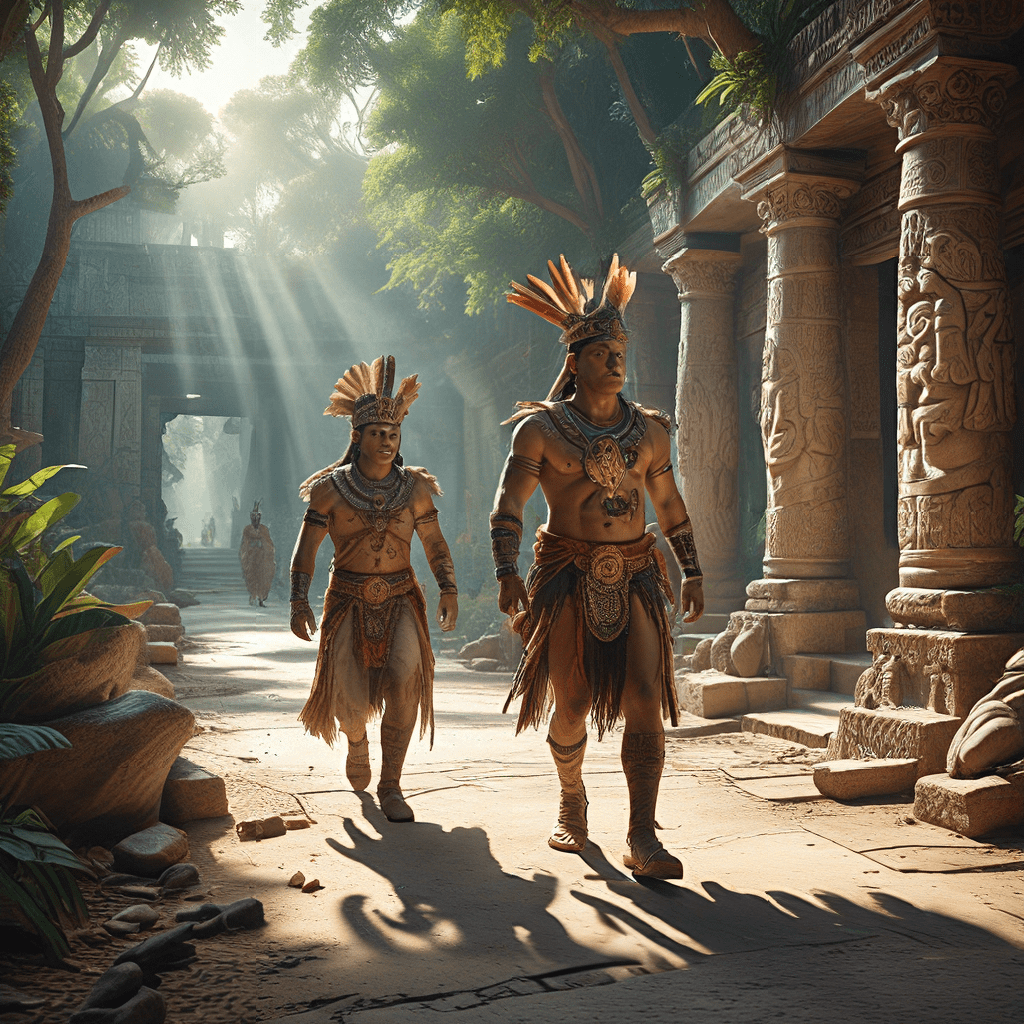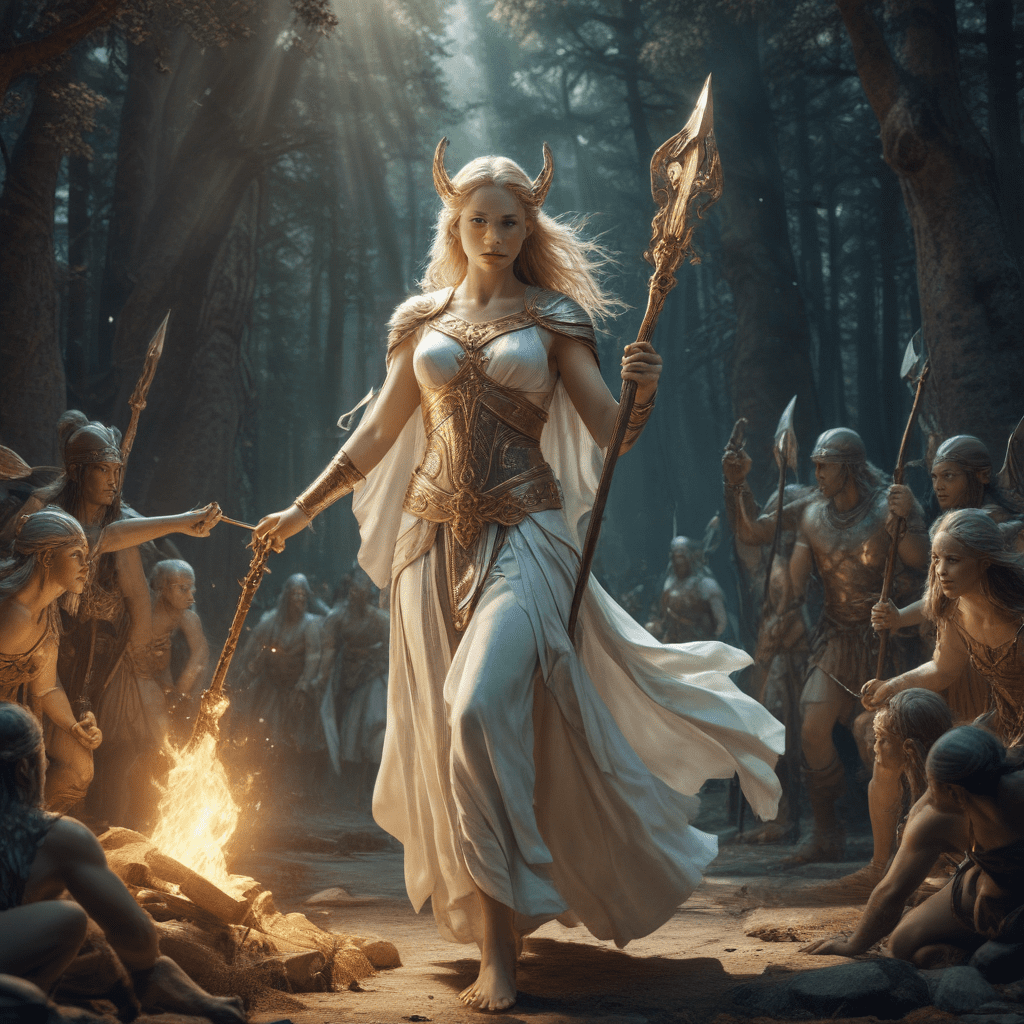The Selkie’s Journey: Charting the Evolution of the Selkie Myth Across Centuries
I. Introduction to the Selkie Myth
The Selkie myth is a captivating narrative found predominantly in Scottish and Irish folklore, depicting magical beings who can transform between seal and human forms. Selkies, often portrayed as beautiful, enchanting creatures, have captured the imagination of many, symbolizing the duality of nature and the human condition.
A. Definition and Origin of Selkies
Selkies are mythological figures that originate from the rich tapestry of Celtic folklore. These beings are said to dwell in the sea as seals but can shed their skin to become human on land. The name ‘Selkie’ is derived from the Scots language, where “selkie” means seal.
B. Cultural Significance in Scottish and Irish Folklore
In Scottish and Irish cultures, Selkies represent the allure of the sea and the mystique surrounding marine life. They embody themes of transformation, loss, and the deep connection humans have with nature. Selkie stories often explore human relationships and the consequences of longing for something unattainable.
C. Overview of the Selkie’s Role in Mythology
In mythology, Selkies typically appear as tragic figures caught between two worlds. They are often depicted as loving partners to humans, but the relationship is fraught with challenges, particularly when the Selkie’s true nature calls them back to the sea.
II. Historical Context and Early References
The origins of Selkie stories can be traced back to ancient times, where they were passed down through generations by word of mouth.
A. The Earliest Textual Mentions of Selkies
Some of the earliest written references to Selkies appear in Scottish literature from the 16th century, though the myth likely predates these texts. These early mentions helped solidify the Selkie’s place in folklore.
B. Selkies in Oral Traditions and Folktales
Oral traditions played a vital role in preserving the Selkie myth. Stories were shared around firesides, often reflecting the community’s values, fears, and aspirations, making the Selkie a significant figure in cultural storytelling.
C. The Socio-Cultural Environment of Early Selkie Stories
In the socio-cultural landscape of early Celtic societies, the sea was both a source of sustenance and a source of fear. Selkie stories often mirrored the complex relationship these societies had with the ocean, representing both its beauty and its dangers.
III. The Selkie Myth in the 19th Century
The 19th century marked a significant period for the Selkie myth, coinciding with the Romantic movement and a renewed interest in folklore.
A. Romanticism and the Revival of Folklore
Romanticism emphasized emotion and the sublime nature of the world, leading to a resurgence of interest in myths, legends, and folk tales. Selkies, embodying the romantic ideal of the unattainable, became popular subjects in literature and art.
B. Notable Literature Featuring Selkies
- The poem “The Selkie of Sule Skerry” by the Scottish poet William Soutar.
- Various collections of Scottish folktales that include Selkie stories, reflecting the enduring appeal of these myths.
C. The Impact of Industrialization on Selkie Narratives
As industrialization transformed coastal communities, the Selkie myth began to evolve. The tension between nature and industrial progress became a theme in Selkie stories, symbolizing the loss of traditional ways of life.
IV. Twentieth Century Interpretations
The 20th century brought about significant reinterpretations of the Selkie myth, influenced by modern literature and film.
A. The Influence of Modern Literature and Film
Contemporary authors and filmmakers have explored the Selkie myth, often reimagining the tales for modern audiences. Films such as “The Secret of Roan Inish” highlight the magic and tragedy inherent in Selkie stories.
B. Changing Themes: From Tragedy to Empowerment
Modern interpretations frequently shift from the traditional tragic narrative to themes of empowerment. Selkies are now often portrayed as strong, independent figures who reclaim their identities.
C. The Role of Feminism in Reinterpreting Selkie Stories
Feminist readings of Selkie tales have highlighted themes of autonomy and agency, reframing the narratives to focus on the Selkie’s choices and struggles against patriarchal constraints.
V. Contemporary Depictions of Selkies
Today, the Selkie myth continues to thrive in various artistic forms, reflecting contemporary societal issues and values.
A. Modern Literature: Books and Poetry
Contemporary authors have created new works that delve into the Selkie myth, exploring themes of identity, belonging, and the struggle between human and natural worlds. Notable examples include:
- “The Selkie” by artist and author, Celia Rees.
- Poetry collections that draw on the myth for symbolic meaning.
B. Film and Television Representations
Films and television series have increasingly featured Selkies, often in narratives that blend fantasy with real-world issues. These adaptations showcase the Selkie as a bridge between human experiences and environmental concerns.
C. Visual Arts and the Selkie Symbolism
Artists continue to explore Selkie imagery, often using it as a metaphor for transformation, loss, and the beauty of the natural world. Selkies appear in paintings, sculptures, and installations, reflecting their enduring significance.
VI. The Selkie Myth and Environmental Themes
The Selkie myth has increasingly been linked to environmental themes, highlighting the connection between humanity and the ocean.
A. The Connection Between Selkies and Marine Conservation
Selkies symbolize the delicate balance of marine ecosystems, making them potent figures in discussions about conservation. Their stories remind us of the need to protect the oceans and their inhabitants.
B. Climate Change Narratives in Modern Selkie Stories
Modern retellings of Selkie tales often incorporate themes of climate change, reflecting concerns about the fragility of marine environments and the consequences of human actions.
C. The Selkie as a Symbol of the Ocean’s Fragility
The Selkie is increasingly viewed as a representation of the ocean’s vulnerability, with stories emphasizing the need for stewardship and respect for the natural world.
VII. Global Influences and Comparisons
The Selkie myth shares similarities with other cultural myths around the world, revealing the universal human fascination with beings that bridge the human and natural realms.
A. Similar Myths in Other Cultures (e.g., Mermaids, Naiads)
Myths of mermaids and naiads also portray beings that inhabit both aquatic and human worlds, exploring themes of love, loss, and transformation.
B. The Evolution of the Selkie Myth in Global Folklore
As cultures interact, the Selkie myth has evolved, incorporating elements from various traditions. This cross-pollination enriches the narrative and expands its reach.
C. Cross-Cultural Exchanges and Their Impact on the Selkie Narrative
Through globalization, the Selkie myth has found new audiences, leading to fresh interpretations that resonate with contemporary issues and values.
VIII. Conclusion: The Enduring Legacy of the Selkie Myth
The Selkie myth remains a powerful narrative that speaks to the human experience, echoing through the ages and adapting to the changing world.
A. The Selkie as a Metaphor for Human Experience
As a metaphor, the Selkie encapsulates themes of identity, belonging, and the longing for connection—universal experiences that resonate across cultures and time periods.
B. The Future of Selkie Stories in Popular Culture
As environmental issues continue to rise, Selkie stories are likely to gain further relevance, engaging audiences in conversations about humanity’s relationship with nature.
C. Reflection on the Continuing Relevance of the Sel


